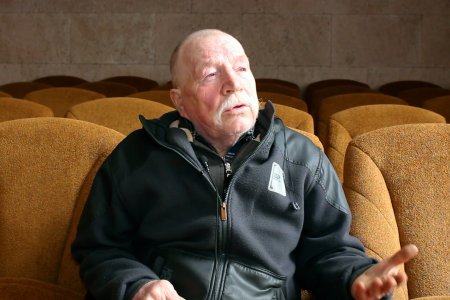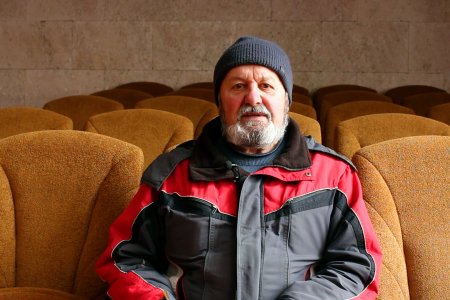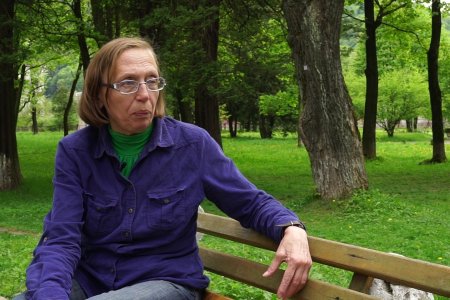War met us in Irpin. On the 25th, when the Romanovsky and Varshavka bridges near Stoianka were blown up, we went to see my wife’s sister in Vorzel. We thought that it would be safer there than closer to Kyiv. But the Russians got there faster than they occupied Bucha or part of Irpin. In fact, we have been under occupation since 26 February. They immediately turned off the lights, and the military equipment started driving. There was no connection, so we didn’t know what was happening in the city. But since I have a small child, I had to go to the Vorzel maternity hospital to get some formula and diapers. When I almost arrived at the maternity hospital, they shot me with a tank machine gun.
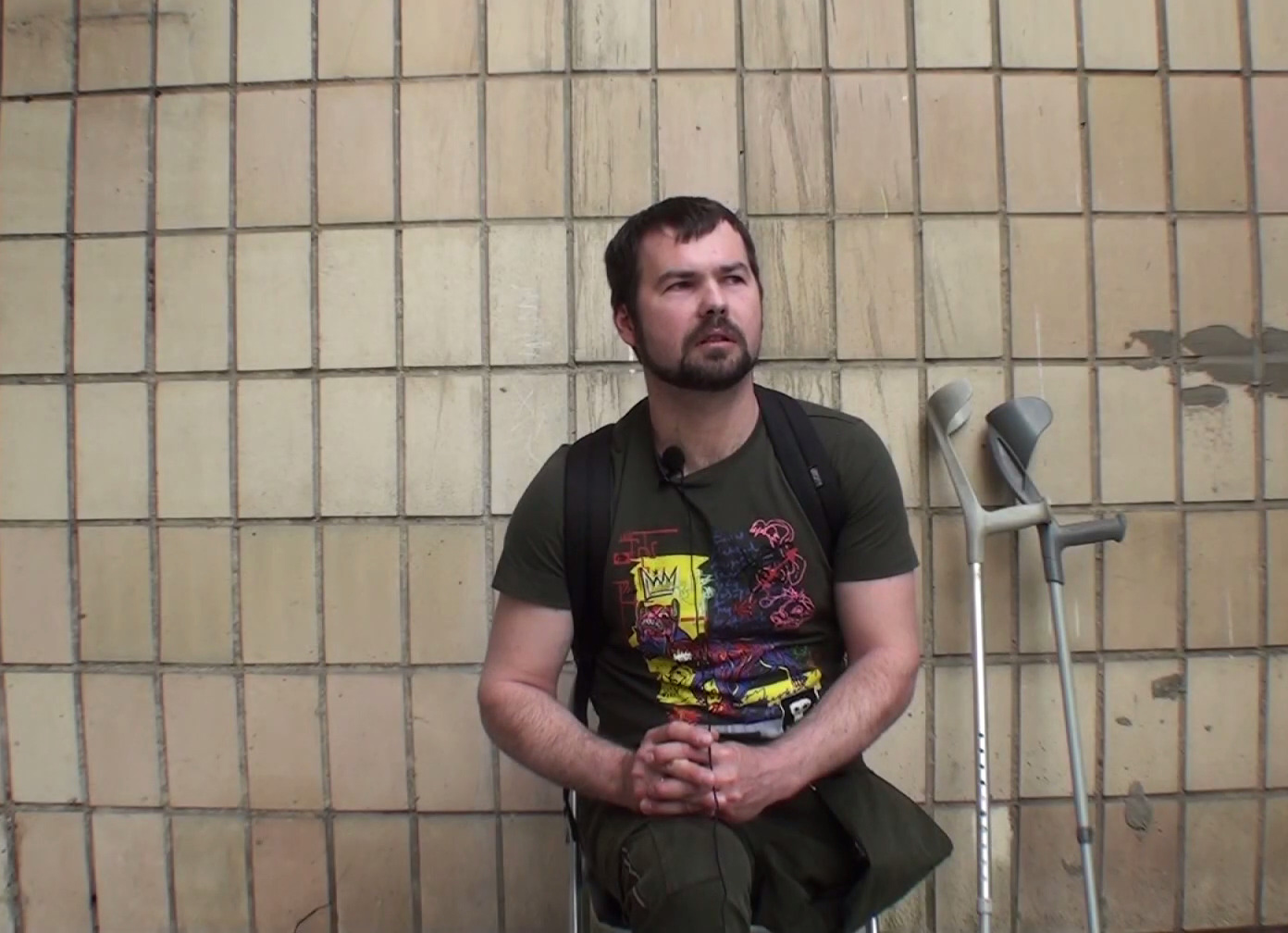
I was on a bicycle, in civilian clothes. They broke my leg (artery), but thanks to the people who didn’t leave (a small residential complex nearby), they gave me first aid and took me to the Vorzel maternity hospital. No personnel were there to stitch up the artery or blood to transfuse. So I lay there with a tourniquet for three days until 8 March because the Russians, on principle, did not allow the wounded to be taken to the Bucha hospital. There were around ten of us in different states.
I was taken out when the chief doctor of the Bucha hospital arrived and brought medicines for the maternity hospital. Women still gave birth there, and there were women with small children. He brought medicine and was allowed to take the three most seriously wounded. They took a girl about 12 years old with me. She had a head wound. They took a man with a bullet through his back and me because I had already developed blood poisoning. They said they would help me within 24 hours, or that would be it.
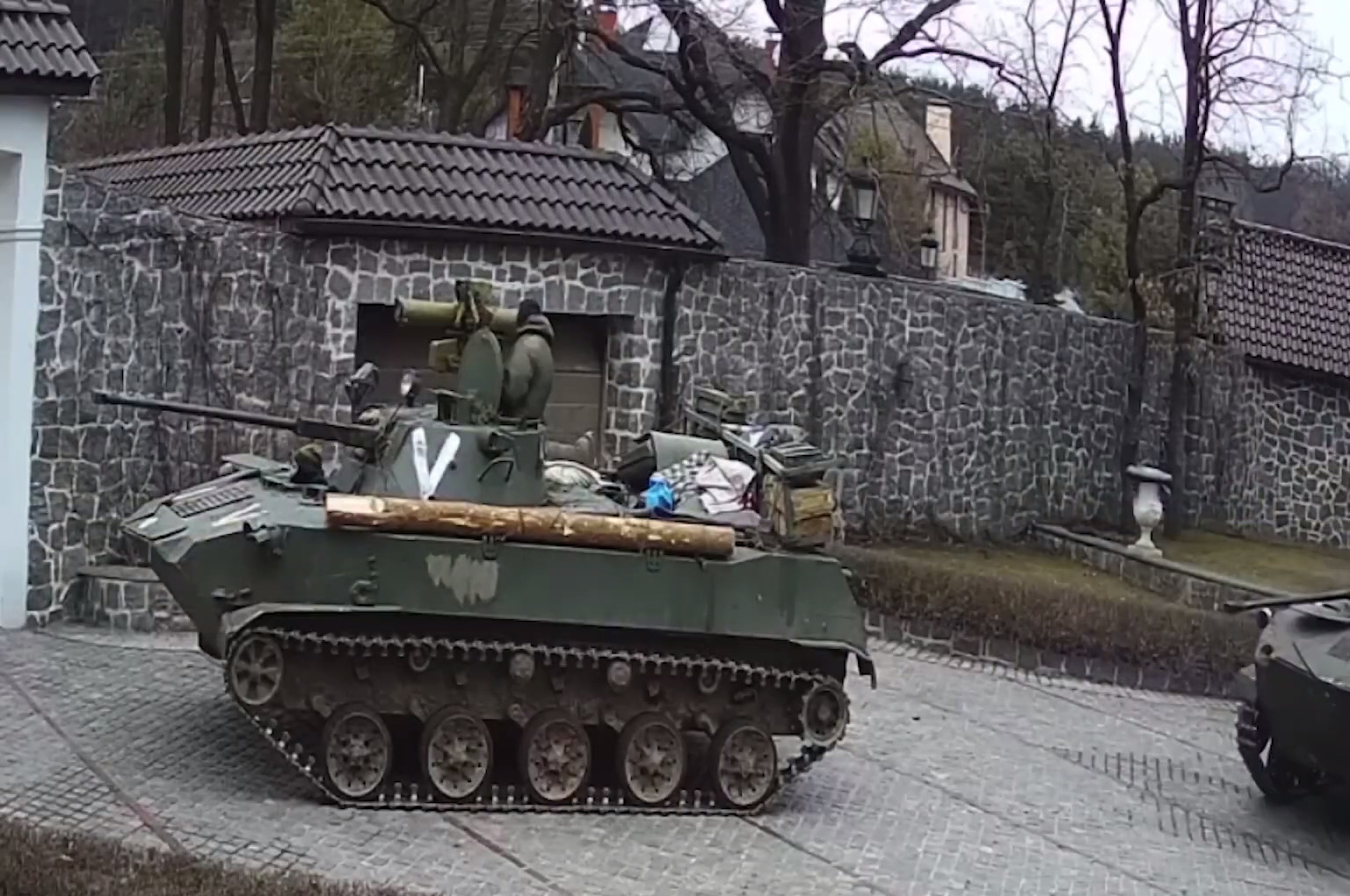
They supported me as best they could. On 8 March, an ambulance with two armored personnel carriers was sent to Vorzel. They took me away, and on the 8th, they amputated my leg. On the 10th, the evacuation began. They didn’t take me out because my hemoglobin was quite low, somewhere around 30. They thought that I wouldn’t make it to Kyiv. Then, on the 11th, when the hospital was completely evacuated, I was taken to the Kyiv Regional Hospital with everyone else. Another operation was performed there. I was there for a month. A month later, I was discharged. Here’s the story.
By some miracle, my wife and child left with their relatives. Almost everyone was shot [by the Russians], but they met young conscripts who told them where it was better to go so as not to come under fire. They left on 8 March for Bila Tserkva. Some are more fortunate, some less so. Someone left earlier... But, you know, it depends on what you compare with. If we take people, for example, from Yablunska Street in Bucha, then many of them are less fortunate. I was lucky that there were people nearby who were able to help. If help had not been provided, I would have bled to death within a few minutes.
